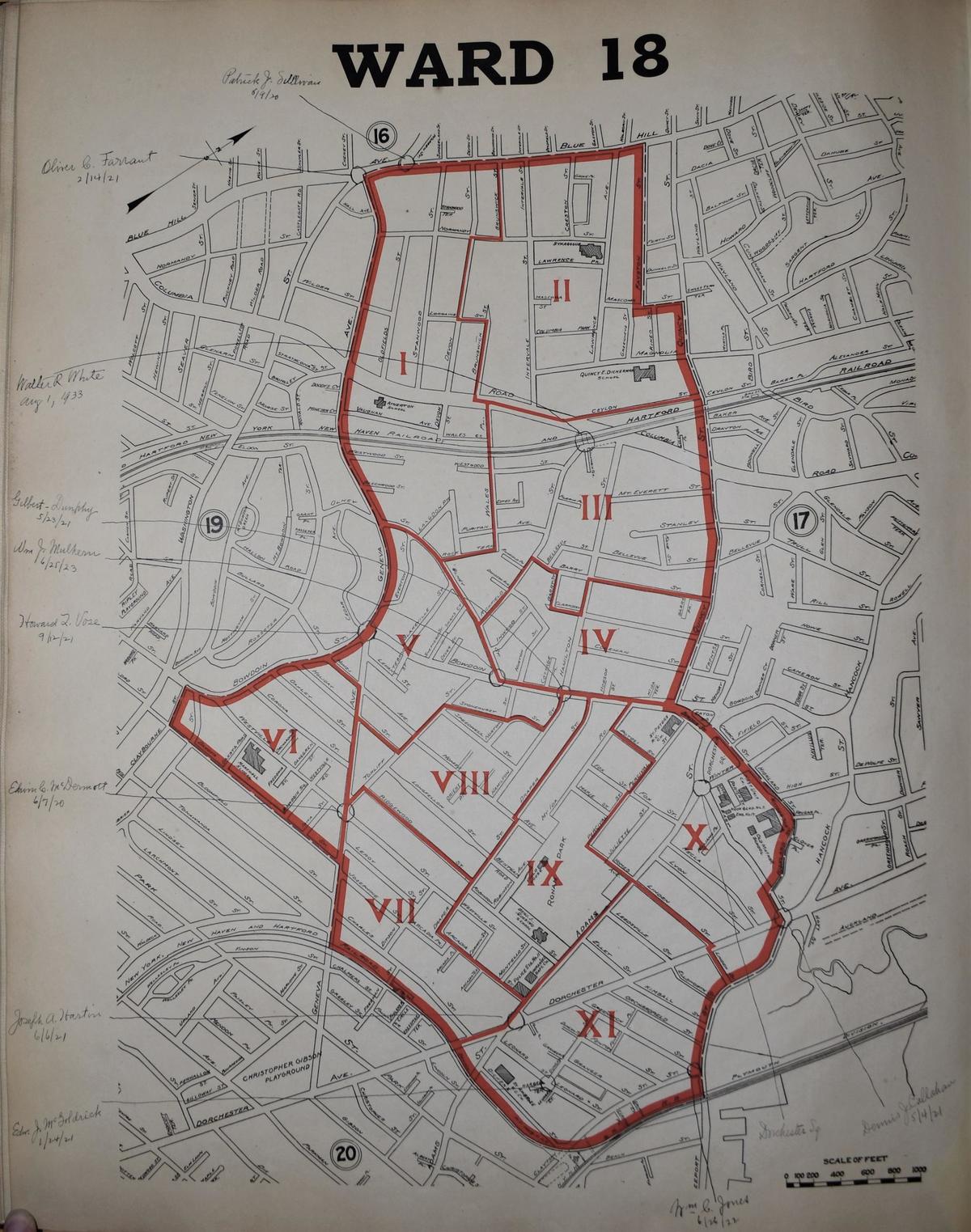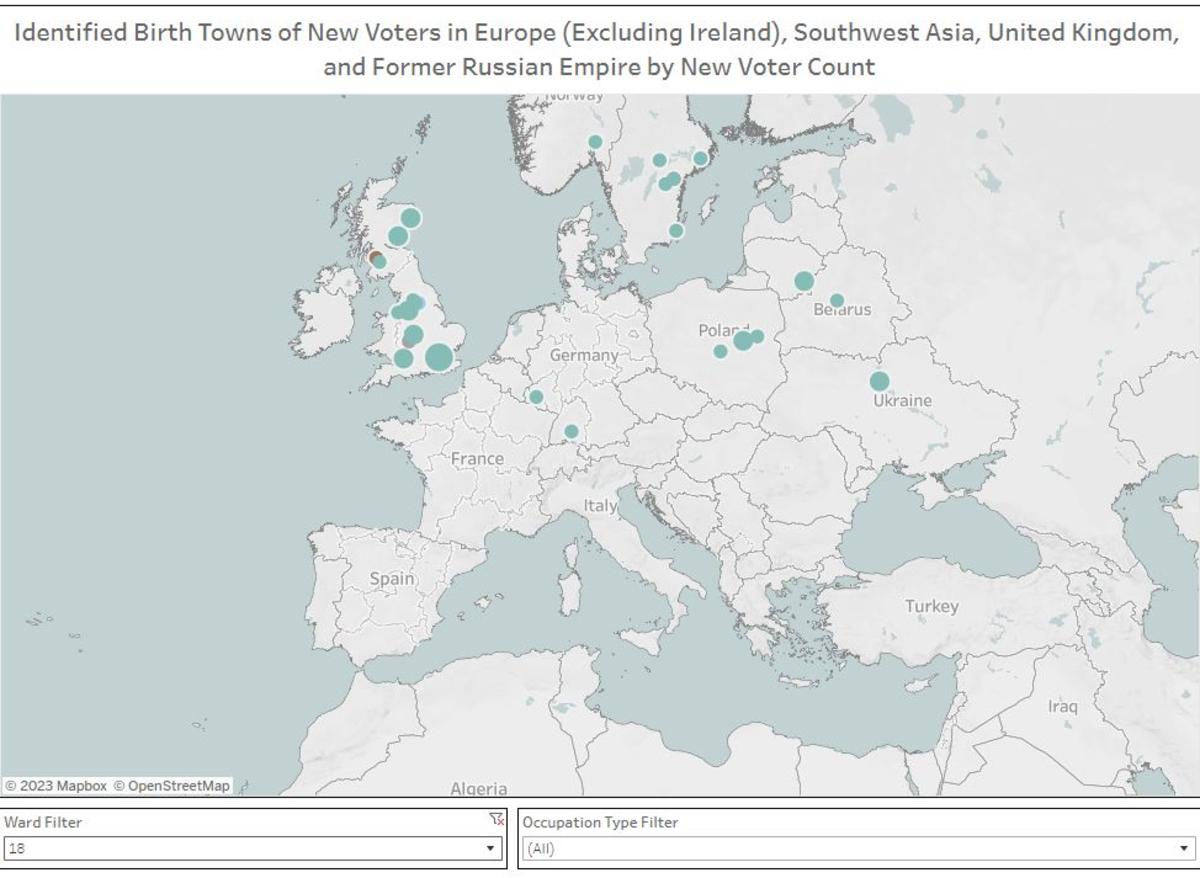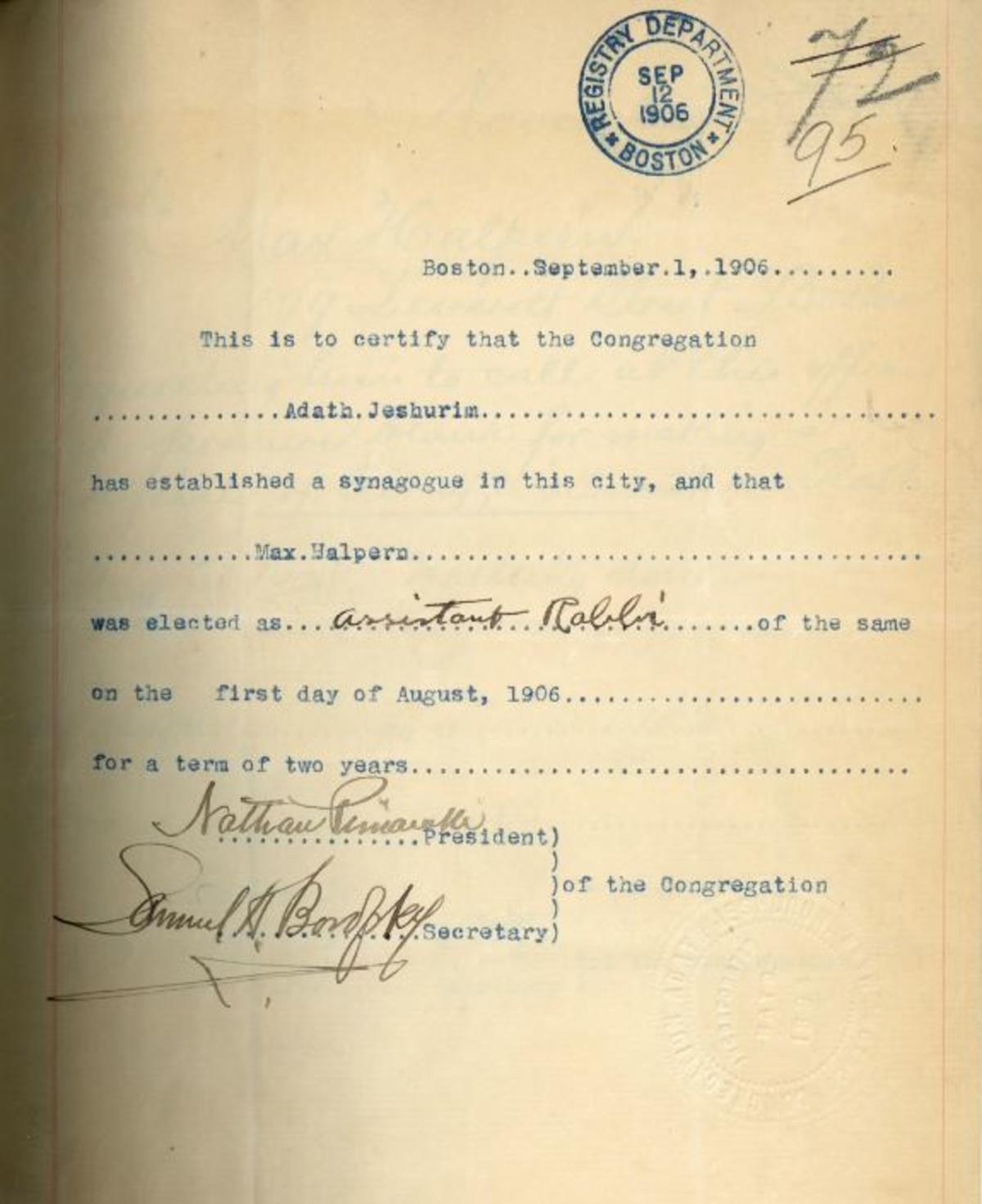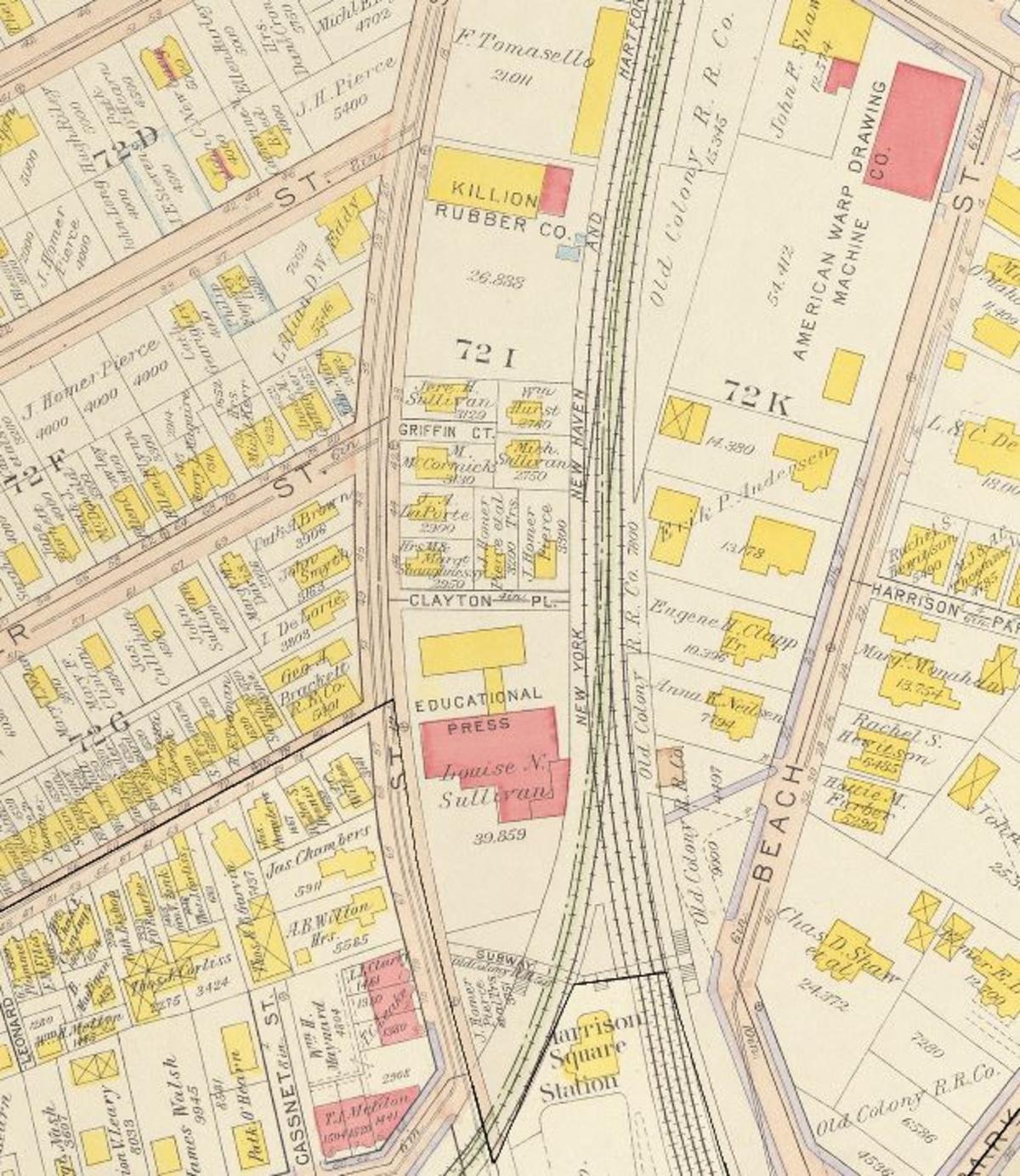The Mary Eliza Project: Ward 18 Voter Records Now Available
In Boston's Ward 4, over 1900 women registered to vote in 1920. We’ve finished transcribing our Ward 18 Women’s Voter Registers and the data is now available at Analyze Boston.
In 1920, after the passage of the 19th Amendment, Boston's women registered to vote by the thousands. The 1920 Women's Voter Registers now live at the Boston City Archives and document women's names, addresses, places of birth and occupations. Sometimes women provided additional information about their naturalization process to become a US citizen, including where their husbands were born because in 1920, a woman's citizenship status was tied to her husband's nationality.
The Mary Eliza Project, named after African American nurse, civil rights activist, and Boston voter Mary Eliza Mahoney, is transcribing these valuable handwritten records into an easily searchable and sortable dataset. We've recently finished transcribing the Ward 18 registers and have added them into our dataset!
Ward 18 stretched from Blue Hill Avenue past Dorchester Avenue, covering much of what we would now call Bowdoin Geneva and Grove Hall. Over 1900 women living in Ward 18 registered to vote between August 20 and October 13, 1920. While the majority of the women who registered to vote in Ward 18 were born in the United State, the ward was also home to a thriving Eastern European community.
Many of the women who gave Eastern European birthplaces were part of Ward 18's thriving Jewish community, centered in Grove Hall.
Bessie Schlosberg registered on October 13, 1920. Her family’s 1920 census record recorded their first language as Yiddish, confirming that they were Jewish. Bessie gave her birthplace as “Vilna,” Russia, which likely refers to Vilnius (Vilna, Wilna, Wilno), Lithuania, which was part of the Russian Empire from 1795 until the 1910s. At least six women living in Ward 18 who registered to vote in 1920 listed this city as their birthplace. Its possible that Bessie and her family moved to their home on Clarkson Street at least in part to be close to other members of the Lithuanian Jewish community.
Bessie and her family very likely worshipped at Congregation Adath Jeshurin, an imposing Romanesque building on Blue Hill Avenue, only a 20 minute walk away from their home on Clarkson Street.
Women in Ward 18 listed their occupations as housewives and housekeepers, stenographers and clerks, bookbinders, factory workers, department store saleswomen, dressmakers, dental assistants, nurses, librarians, teachers, telephone operators and supervisors, and others. Over 30 women from Ward 18 were employed by the New England Telephone and Telegraph Company; most of the women listed themselves as operators, but a few were clerks, managers, and supervisors.
We found several Ward 18 women who worked in the book and publishing industry, giving occupations as book binders, proofreaders, typesetters, and compositors to the election clerks.
On October 13, 1920, four Ward 18 women working in book binderies lined up together to vote. Nora Sullivan, Elizabeth Carey, and Margaret McGuire all worked together at the Educational Publishing Company. Elizabeth's older sister, Gertrude, who lived with her joined the group to register. Gertrude also worked in book binding, but she was employed by the E. Fleming Company in Cambridge.
While the women working at the Educational Publishing Company might have travelled to the company's downtown location on Bromfield Street, its more likely that they worked in the company's Clayton Street location in Dorchester. Perhaps they walked from the Clayton Street building to register to vote together, meeting Gertrude on the way.
This new addition to our dataset holds many stories waiting to be uncovered! Dive into the dataset and let us know what you find!








